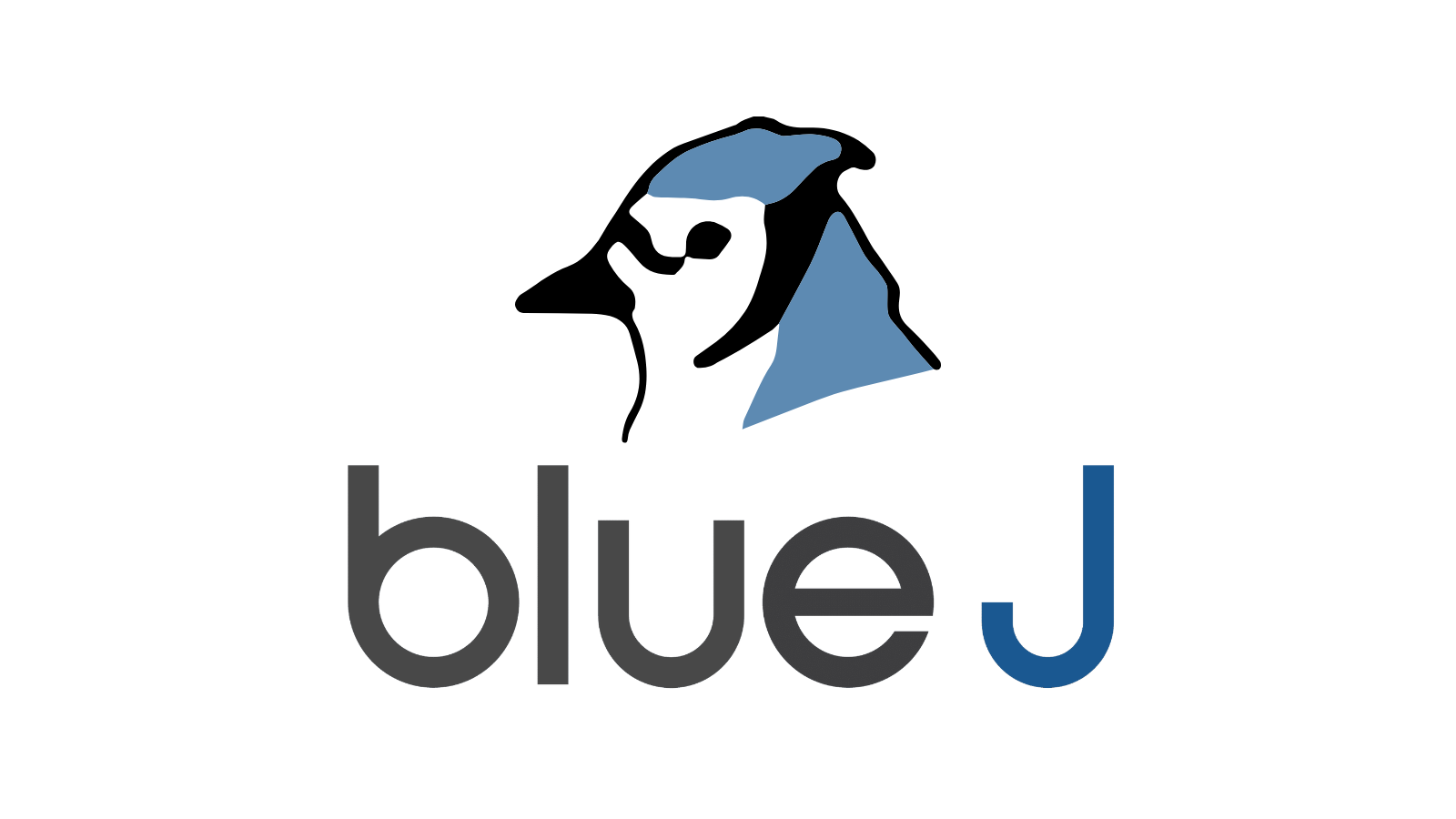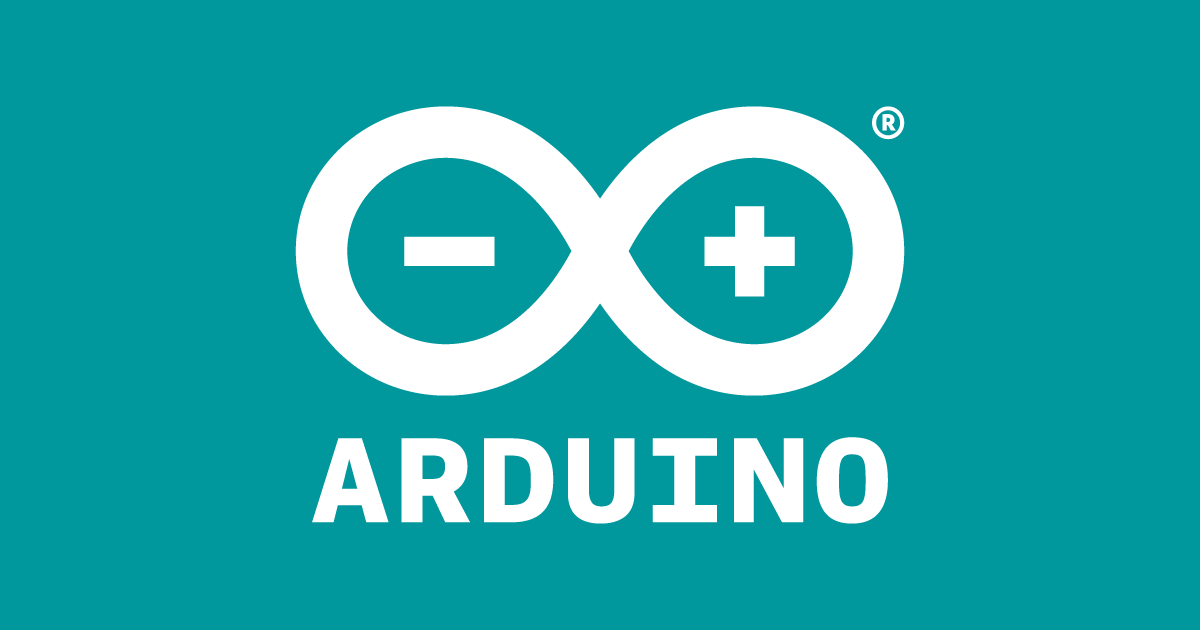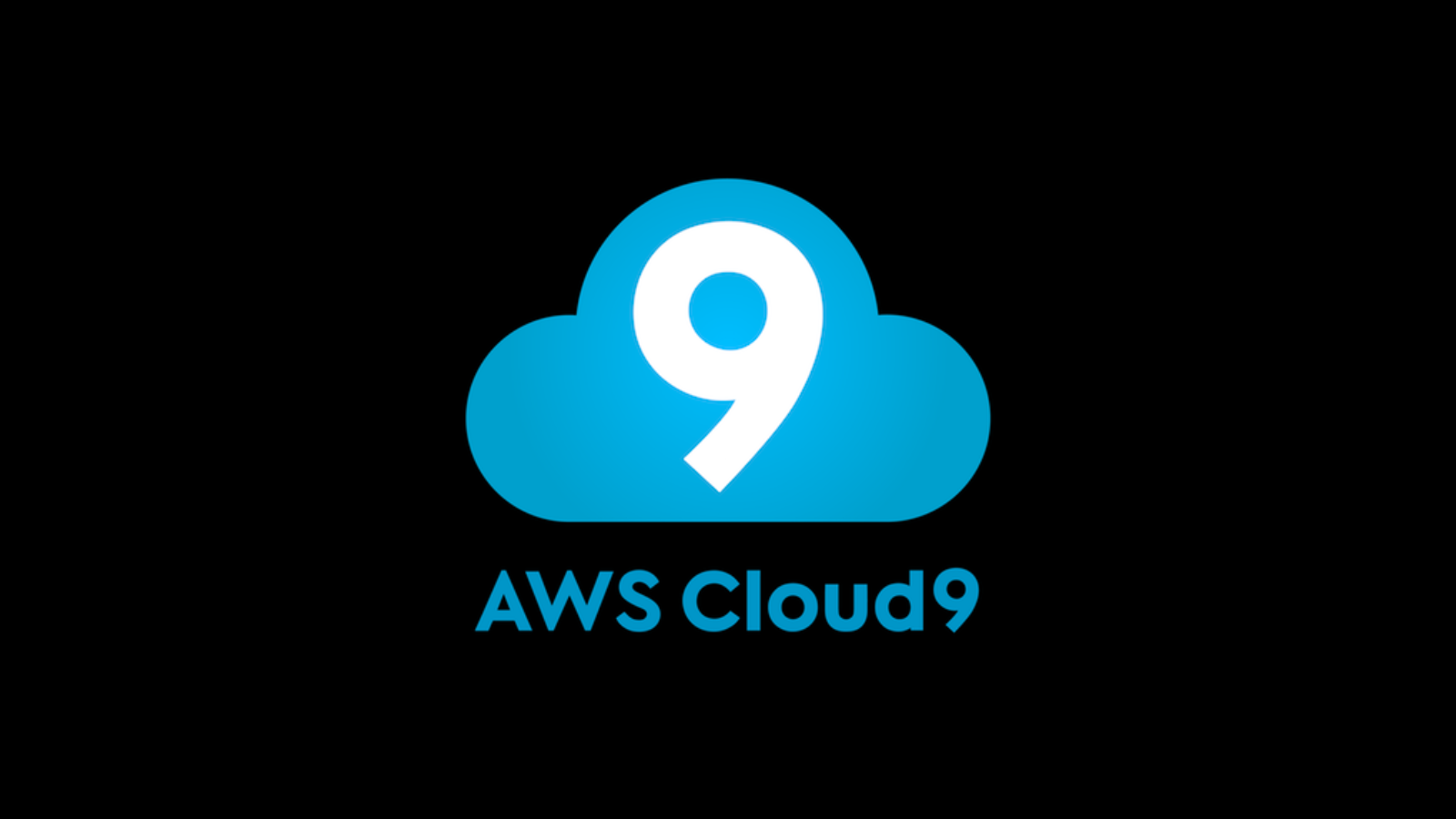Highly configurable text editor for coding.
Vim (Vi IMproved) is a highly configurable and efficient text editor that is an enhanced version of the classic Unix editor “vi.” Released in 1991 by Bram Moolenaar, Vim is designed to provide powerful text editing capabilities in a compact, command-line-based environment. Vim is known for its steep learning curve but offers unmatched speed, flexibility, and efficiency once mastered. It supports a wide range of programming languages and is available on most Unix-based systems (Linux, macOS) and Windows. Vim’s modal editing approach, extensive customization options, and support for plugins make it a favorite among developers, system administrators, and power users who need a highly responsive and customizable editing tool.
Key Features:
- Modal Editing: Vim uses different modes for inserting text, navigating, selecting, and executing commands (Normal, Insert, Visual, and Command modes), allowing for efficient text manipulation with minimal keystrokes.
- Highly Configurable: Supports extensive customization through the .vimrc configuration file, allowing users to create custom key mappings, set preferences, and automate repetitive tasks.
- Syntax Highlighting and Code Folding: Provides syntax highlighting for numerous programming languages and supports code folding, making it easier to read and navigate complex codebases.
- Powerful Search and Replace: Offers robust search and replace functionality using regular expressions, with support for global replacements across multiple files.
- Extensive Plugin Ecosystem: Supports a wide range of plugins and extensions, such as Vim-Plug, Vundle, and Pathogen, that add features like Git integration, language servers, auto-completion, and more.
- Cross-Platform Compatibility: Runs on various platforms, including Unix, Linux, macOS, and Windows, ensuring consistent performance across different environments.
- Lightweight and Fast: Designed to be lightweight and fast, Vim runs efficiently even on older hardware or in low-resource environments.
- Multiple Buffers and Windows: Allows editing of multiple files simultaneously using buffers and split windows, providing a multi-tasking capability within a single terminal session.
- Built-in Terminal: Vim 8.0 introduced a built-in terminal emulator, allowing users to run terminal commands and scripts directly from within the editor.
Benefits:
- Highly Efficient Text Editing: Vim’s modal editing and command-based approach allow for rapid text manipulation and navigation, making it extremely efficient for experienced users.
- Customizability: Offers extensive customization options, enabling users to tailor the editor to their specific workflows and preferences.
- Lightweight and Resource-Efficient: Requires minimal system resources, making it ideal for remote development over SSH, low-powered machines, or embedded systems.
- Wide Availability and Portability: Pre-installed on most Unix-based systems and available on all major platforms, Vim provides a consistent editing experience across different environments.
- Strong Community and Documentation: Supported by a large and active community, with comprehensive documentation, tutorials, and a vast collection of plugins to extend its functionality.
Strong Suit: Vim’s strongest suit is its highly efficient, keyboard-centric editing model and extensive customizability, which enable developers and power users to perform complex text manipulation tasks quickly and effectively.
Pricing:
- Free: Vim is open-source and available for free under the Vim license, which is charityware (encouraging donations to charity but otherwise free to use and distribute).
Considerations:
- Steep Learning Curve: Vim has a steep learning curve, especially for users unfamiliar with modal editing and command-based text manipulation, which can be challenging initially.
- Lacks Built-In GUI Features: As a terminal-based text editor, Vim lacks some of the graphical features found in modern IDEs, such as visual debugging tools and drag-and-drop functionality.
- Requires Customization for Advanced Use: To unlock Vim’s full potential, users often need to invest time in customizing their .vimrc file and installing plugins, which may be daunting for beginners.
- Not a Full IDE: Vim is primarily a text editor and does not provide the full range of integrated development features (e.g., built-in debuggers, project management tools) found in traditional IDEs.
Educational IDE for learning Java.
IDE for programming Arduino microcontrollers.
Cloud-based IDE with collaborative features.
Summary: Vim is a powerful, highly customizable text editor designed for efficient text manipulation and coding, particularly favored by developers and system administrators who prefer a keyboard-centric, command-based workflow. Its steep learning curve and minimalist interface can be challenging for beginners, but it offers unmatched speed and flexibility once mastered. As a free, open-source tool with a vast community and ecosystem, Vim remains a popular choice for users seeking a lightweight yet powerful text editor that can be tailored to their specific needs.














